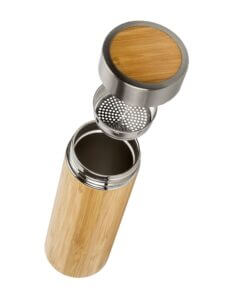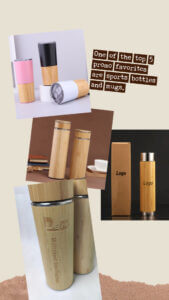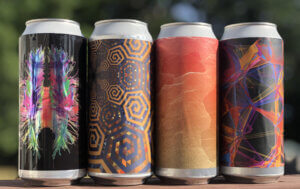From Grape to Label: The Art of Winery Branding
When it comes to wine, quality matters—but so does the story behind the bottle. In an industry steeped in tradition yet fueled by innovation, winery branding has become just as essential as vineyard care and winemaking itself. From the first impression a label makes on the shelf to the lasting emotional connection it creates with customers, branding plays a key role in defining a winery’s identity, positioning it in the market, and cultivating customer loyalty. Here’s a deeper look at the art of winery branding and how it shapes everything from the vineyard to the glass.
1. Branding Starts at the Roots: Knowing Your Story
Every great Winery brand begins with a story. Whether it’s a generational family legacy, a passion project turned profession, or a bold step into biodynamic winemaking, your brand’s foundation lies in its authenticity. Customers don’t just buy wine—they buy into why the wine exists.
Ask yourself:
What makes our winery unique?
What values do we stand for?
How do we want customers to feel when they see our bottle?
The answers to these questions will form the brand narrative that flows through every touchpoint—from your website to your wine labels.
2. Designing a Distinctive Label
Your wine label is often the first point of contact with your brand. In a sea of options on a shelf, a well-designed label can mean the difference between being picked up or passed over. It should reflect the essence of your winery and align with your target audience.
A strong label considers:
Typography and color palette: Traditional serif fonts might evoke heritage; minimalist design speaks to modernity.
Imagery and logo: Think of how a symbol or illustration can express place, style, or emotion.
Legal and informative elements: Appellation, vintage, grape variety, and alcohol content must be clearly and accurately listed.
Great labels are more than eye-catching—they’re emotionally resonant, creating a subtle promise of the experience inside the bottle.
3. Creating a Brand Experience Beyond the Bottle
True winery branding doesn’t end with a beautiful label. It extends to how people experience your wine—online, in your tasting room, or at a dinner table.
Tasting Rooms: The way your space looks, feels, and functions plays a major role in how people remember your brand. Staff training, décor, music, and even glassware contribute to your brand’s sensory profile.
Digital Presence: A cohesive website, social media feed, and email list should tell your story consistently. The tone of voice, visuals, and customer interaction should mirror the experience of your wine.
Packaging and Merchandising: Custom corks, capsule design, shipping boxes, and even branded apparel can reinforce your identity.
Your goal? Make your winery instantly recognizable whether someone is sipping your wine or scrolling through Instagram.
4. Knowing Your Audience and Market Position
Effective branding also means understanding who your wine is for. Is your ideal customer a millennial looking for organic, minimal-intervention wine? A collector seeking rare vintages? A casual wine lover drawn to approachable, fun labels?
Once you define your audience, you can tailor your branding to appeal directly to their preferences and habits—whether that’s eye-catching e-commerce design, educational tasting notes, or immersive vineyard tours.
Branding also helps determine your price point and positioning. A luxury winery will use different design and messaging strategies than a casual, picnic-friendly brand.
5. Building Loyalty Through Brand Consistency
The most successful winery brands don’t just sell wine—they build relationships. They create consistent messaging and memorable experiences that make customers want to return again and again.
Ways to build brand loyalty:
Offer a wine club with exclusive releases and branded merchandise
Send personalized follow-ups or thank-you notes after purchases or visits
Host events that immerse people in your story—harvest parties, blending sessions, or virtual tastings
Create content that educates and engages—behind-the-scenes videos, vineyard updates, pairing suggestions
Consistency in tone, design, and experience across all platforms builds trust, and trust builds loyalty.





